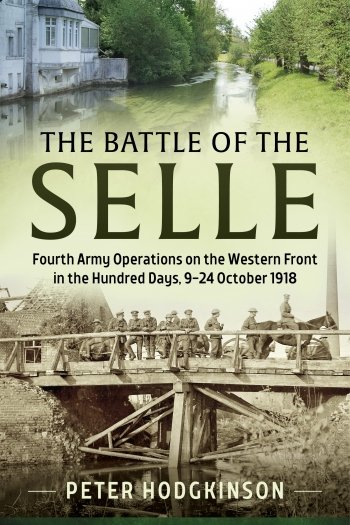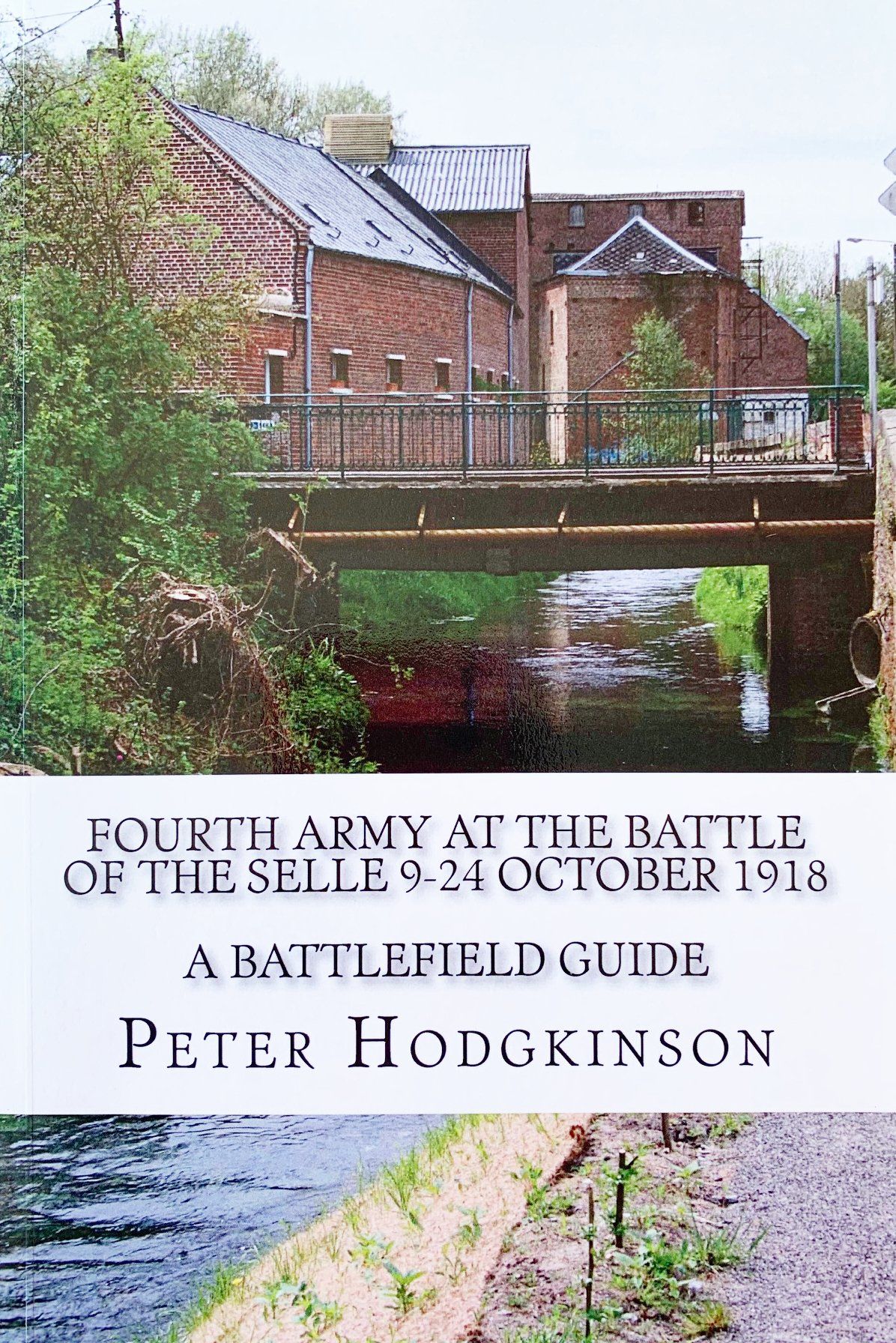The 'Hundred Days' Campaign - The Battle of the Selle - October 1918
The 'Hundred Days' Campaign - The Battle of the Selle - October 1918
The popular historiography of the Great War has tended to focus on the great attritional battles of the Somme (1916) and Third Ypres (Passchendaele - 1917), sometimes portraying them in the 'lions led by donkeys' mode typical of the 1960s.
In 1998, J.P. Harris wrote in Amiens to the Armistice: ‘Almost no-one has now heard of the Battle of the Selle … objectively, however, it must be regarded as one of the greatest military victories
in the nation’s history’. This situation remains virtually the same today.
It is easy to fail to recognise that in the Hundred Days campaign from 8 August 1918, the British Army led the Allied advance and won the greatest series of victories in the Army's history.
The popular historiography of the Great War has tended to focus on the great attritional battles of the Somme (1916) and Third Ypres (Passchendaele - 1917), sometimes portraying them in the 'lions led by donkeys' mode typical of the 1960s.
In 1998, J.P. Harris wrote in Amiens to the Armistice: ‘Almost no-one has now heard of the Battle of the Selle … objectively, however, it must be regarded as one of the greatest military victories
in the nation’s history’. This situation remains virtually the same today.
It is easy to fail to recognise that in the Hundred Days campaign from 8 August 1918, the British Army led the Allied advance and won the greatest series of victories in the Army's history.
Pursuit to the Selle
The battle resulted from the German retirement on the night of 8 October 1918 after the fall of Cambrai.
This led to the so-called Pursuit to the Selle, 9-11 October, carried out by Fourth, Third and First Armies. This 'pursuit' does not reflect a beaten, fleeing enemy, however - rather a well-managed withdrawal in which the following British and American units of Fourth Army could be stopped by well-armed, if depleted, German forces using topography to their advantage.
The battle
The enemy chose to stand and fight on the line of the River Selle in hastily constructed defensive positions called the Hermann Stellung,
utilising features such as woods and railway embankments/cuttings.
A set-piece battle was fought by Fourth Army 17-19 October, and by Third and First Armies on 20 October whereby the river was crossed and the enemy subsequently forced back to the Sambre-Oise Canal.
Fourth Army's Battle of the Selle
The fighting on Fourth Army front, between Le Cateau and the Andigny Forest, is the subject of Peter’s third book, published by Helion in 2017.
Whilst the book challenges the notion of the perpetual effectiveness of the BEF’s ‘weapons system', the fighting provides an excellent example of a 'soldiers' battle', won by dogged perseverance, skilled infantry work, and good leadership. It speaks to the true texture of the fighting of the Hundred Days campaign.

The celebrated Charles Messenger, reviewing for 'Stand To!'
(journal of the Western Front Association) wrote:
'The research is very impressive and there can be no doubt that Hodgkinson’s book will be the standard work on the Selle for many years to come and a "must" for anyone interested in the 100 Days'.
Chris Baker of The Long Long Trail
website concluded:
'The end product is thorough, deep and will make a lasting reference work on the subject … Hodgkinson’s book is an especially valuable modern take on events … excellent – and about time that the succession of major British victories in 1918 was afforded such attention'.
Paul Reed, military historian, described on pscp.tv:
'To see a book come out on this is really quite something … a huge amount of work … fantastic research … good maps … if you want to really understand the ultimate breaking of the German defences on the Western Front … then this is the book to read, it is really, really in depth, but it’s not too detail-heavy … this is the title to dip into to get a sense of what the fighting was like in the last stage of the war'.
Companion battlefield guide
The battlefield guide offers nine driving
routes with short walks that cover the main
actions around Le Cateau, which may be
explored in a two-day trip. It is intended to be
used in conjunction with the main book.
Published via KDP, it is only available from
Published via KDP, it is only available from
Amazon.
Whilst it is also in Kindle format, the route
maps are not as clear.
